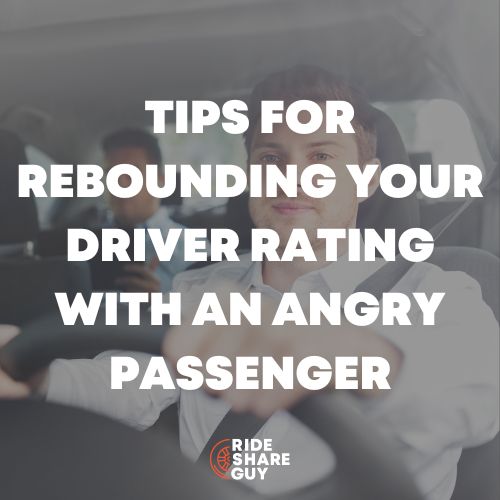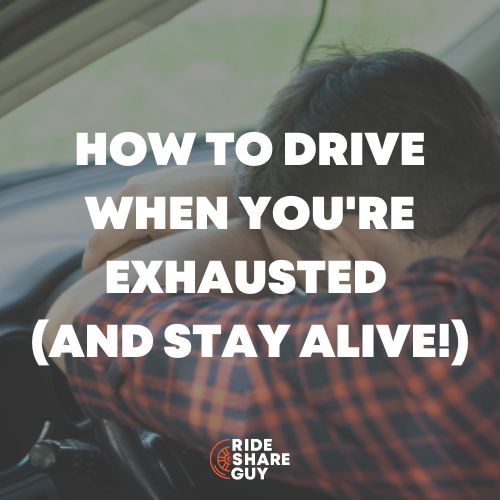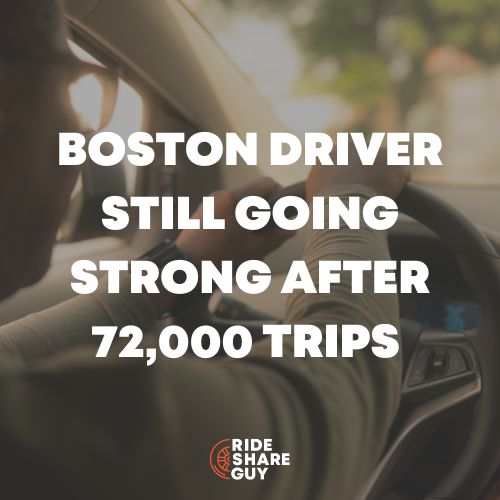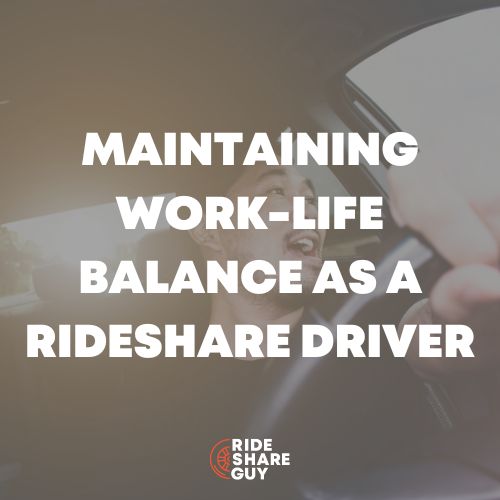If you’ve been considering switching from gas-powered vehicles to electric, you may be concerned about how, where, and when to charge your vehicle. No one wants to get stuck while driving, especially with a passenger in the car!
With EV production on the rise, more people are purchasing and driving them, especially in the gig world. In addition, plenty of rental companies, such as Hive are offering EVs in a leasing program just as long as the consumer is using it for gig work.
Gig drivers should prepare ahead of time, however, to find charging stations while working for gig driving companies because charging stations are not in abundance like their gas station counterparts.
This article will go over many strategies on how to effectively charge your EV so that you are making the most out of your time in an efficient manner.
Charging Strategies for EV Drivers
1. Plan Ahead
Since there aren’t many charging stations yet, you should plan accordingly before you start your day.
Familiarize yourself with all of the available EV charging apps and/or websites so that you can maximize your options and make sure that you are never stranded or close to a dangerously low battery.
There are plenty of great options, such as Chargepoint and Electrify America.
Tesla has one of the largest charging networks in the country, but they are exclusive to Teslas. However, there are talks that Tesla is in the process of opening some of their charging stations to all other EVs sometime this year.
Open each app to see which charging station is nearest you when the time comes to plug in your EV. These apps are beneficial because you can see which stations are available and occupied.
Furthermore, you can also see the charging rate since each charging station varies depending on the volume of cars there.
2. Always Charge to 100%
Most EVs don’t have as much range as their gas-powered vehicle counterparts, so it is imperative that you begin your shift with a full battery—always.
For example, some of the top EVs right now are:
- Chevrolet Bolt EV: 259-mile range
- Tesla Model 3: 273-mile range
- Nissan Leaf: 215-mile range
For reference, a Toyota Camry can go around 500 miles on a full tank, give or take, and even more in a hybrid vehicle.
This is where we are at with EV technology, so it is important to always have a fully charged battery before you begin your day as a gig worker.
This works best if you have a charger at home where you can plug it in overnight and then be good to go in the morning.
If you don’t have a charger at home, you can either charge it the day before or in the morning prior to beginning your shift.
3. Coordinate Breaks with Charging Stations
If you’re going to take a break or grab some lunch or dinner in the middle of your shift, you should charge your vehicle while doing so.
This has been an effective strategy for me because it takes care of two issues (needing a break and needing to recharge) at once.
When you take a break, you can charge your car simultaneously. If you want to grab some food, then locate charging stations that are near food places that you can easily walk to while your EV is charging.
A great example is shopping malls—since they have large parking lots, there are usually plenty of available chargers for you to charge your EV while you go grab some food and beverage and/or use the restroom.
Luckily for EV drivers, there are level 3 fast chargers that can charge your EV from around 30% to 80–90% in about 30 minutes. That’s about how long lunch breaks typically are anyway!
So, for those gasoline drivers that complain about the charging rates, make sure to tell them this fact!
There are also level 1 and 2 chargers that charge at a much slower rate. Those are usually saved for home charging, where you can charge overnight.
If you have a Tesla, you’re in luck – Teslas are even twice as fast. They can charge from 20 – 80% in 15 minutes since they have their own supercharger network, which is faster than level 3 chargers.
4. Charge and Save
The great thing about driving an EV is that there are ways where you can charge for free—you can’t fill a gas-powered vehicle for free, that’s for sure!
For example, the company called Volta is a prime example of free charging. They have a lot of stations throughout the California Bay Area and throughout the rest of the country. Most have a two-hour charging limit, but it is completely free.
Another way that you can charge your EV for free is by using the ChargePoint app that allows you to charge at ChargePoint stations, which are also free for the first two hours.
Similar to Volta, except that once it passes the two-hour mark it will begin charging you for every minute that your EV charges. You will need to have your credit or debit card linked to your ChargePoint account in order to take advantage of the first two hours of free charging.
Additionally, charging rates vary depending on the time of day and the volume of EVs that are charging. If it is busy and it is during the start of the day before commute time, it will be more expensive to charge your EV compared to late evenings when there aren’t as many EVs charging at the station.
This isn’t free, but consider using Currently, a mobile charging station that will come to you.
Driver Takeaways
Change is always a bit scary, and remember, even gas-powered vehicles run out of fuel sometimes.
Until you get used to the change, you’ll just have to be more vigilant about knowing where your EV charging stations are and how far your vehicle can go before it needs to recharge.
But always be sure to start your day off right on a full charge, and take advantage of charging during your breaks to top off your battery reserves.
Be strategic about when and where you charge by following these tips, and you should do just fine.




